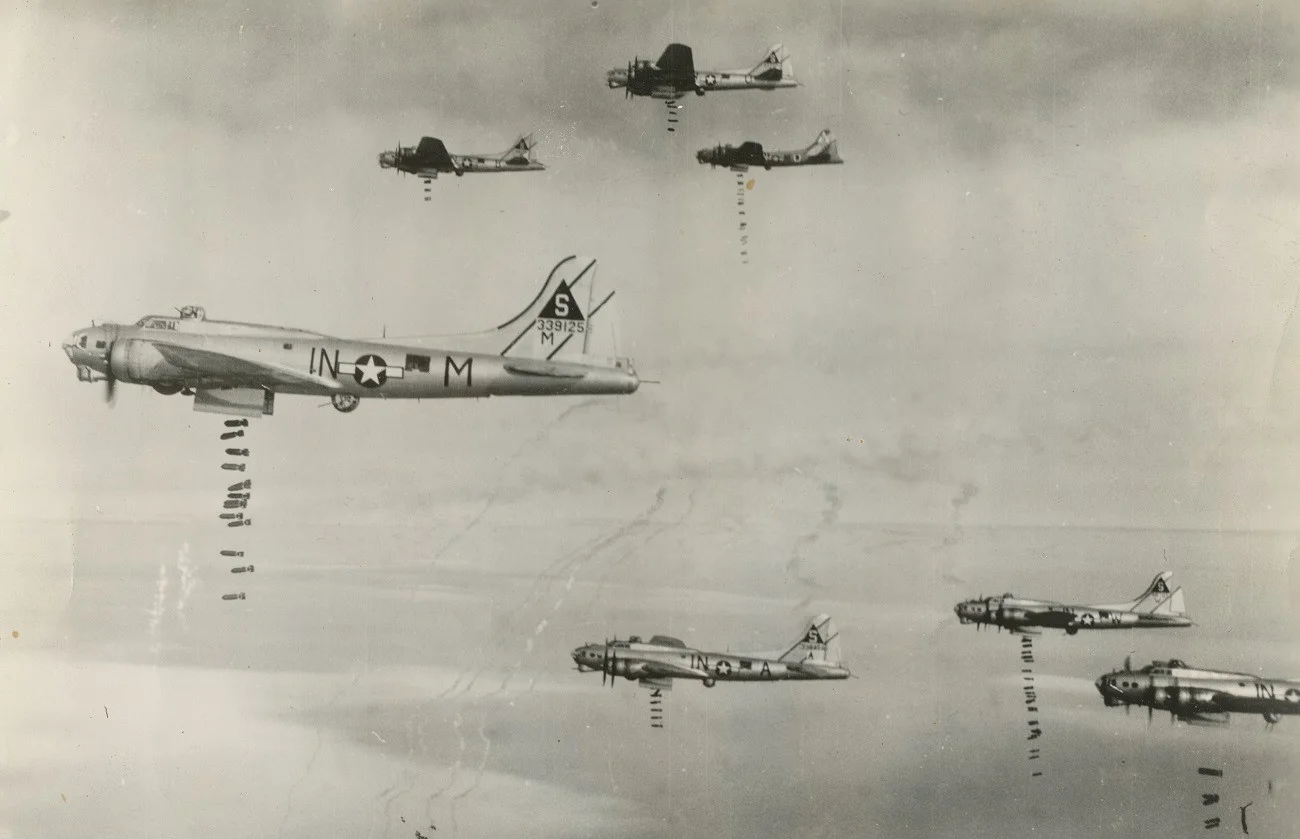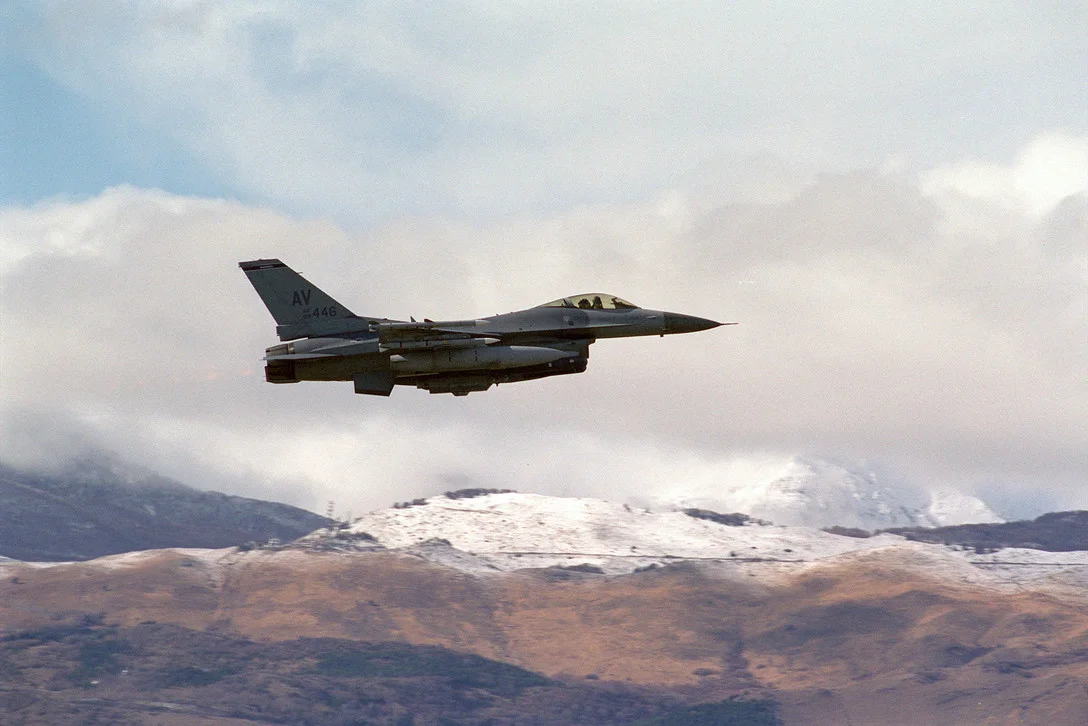The line between celebrating heritage and creating a fully-rounded history can be a fine one in many institutional histories. Appreciating this tendency, Royal Air Force-insider John Shields reassesses the 1982 Falklands Conflict, seeking to explode multiple myths while also providing a better assessment of the air campaign by focusing on the operational rather than the tactical level of war.
#Reviewing an Incipient Mutiny
All of the author’s evidence and contextual explanations surrounding the Goodier court martial make this case clearly and effectively. Messimer’s work also sheds light on why flying training and flight duty pay are so thoroughly regulated in the military today. And over one hundred years later, it reminds us how military organizations in our country must be accountable for their responsibilities to the public, to the Press, and to Congress.
#Reviewing From Kites to Cold War
With meticulous source citations and an impressive bibliography, Morton has produced a succinct, yet informative examination of the evolution of manned aerial reconnaissance from its earliest beginnings to the conclusion of the Vietnam War. In his introduction, the author expresses his intention to not only offer an historical analysis of manned aerial reconnaissance but to fill a “considerable historiographical gap.” In this, he may well have succeeded.
#Reviewing The Bridge to Airpower
What books stand out in the field of logistics? Ask any officer or senior enlisted leader who has graduated from a professional military education course and they can tell you two things: a book about strategy they liked and many they did not. Sun Tzu, Clausewitz, and even the much-maligned but desperately needed for his time Jomini, all fit the mold. Ask the same crowd to suggest the best book on military logistics and the answer is likely to be silence. Thus, in odd juxtaposition, logistics is so important in war that the most popular quotation about logistics is apocryphal and the vast majority of military leaders could not name one book on the subject.
From Platforms to Control: #Reviewing Thomas Rid’s Rise of the Machines for Its Macro-History of the U.S. Air Force
For those familiar with the traditional narrative of U.S. airpower history centered on the Air Corps Tactical School’s development of bomber doctrine followed by its application against Germany during World War II, Rid provides a jarring but useful counter-narrative focused on human-machine interactions.
Much Ado About Strategic Bombardment? The Army Air Forces in the European Theater of Operations, 1942-1945
Positive Objectives, Maximum Leverage: Allied Force and Air Power Strategy
Most wars are limited wars, with significant political restraints on military force. Such restraints create conundrums for military strategists. “The less intense the motives,” wrote Carl von Clausewitz, “the less will the military element’s natural tendency to violence coincide with political directives.” Yet, as Allied Force illustrates, the savvy strategist can maximize the effectiveness of the air weapon even when political will is weaker.
No-Fly Zones and the Evolution of Coercive Airpower Application
The politically successful no-fly zones over Iraq from 1991-2003, Bosnia from 1993-1995, and Libya in 2011 illustrate not only the utility of employing limited airpower for limited-yet-strategic political effect, but also the need to evolve coercive airpower theory to embrace risk strategies as viable and effective.
Interwar Airpower, Grand Strategy, and Military Innovation: Germany vs. Great Britain
Analyzing the development of the German and British air forces between the world wars reveals the importance of crafting strategy, identifying associated requirements, and marshaling the required resources to turn requirements into capabilities. Factors beyond the state’s control often drive technological requirements. Structural factors demanding innovative responses include the technological progress of potential enemies and of civil society, as well as shifts in the state’s own geopolitical circumstances. Yet the task of responding to these structural factors—of translating the state’s desired security ends into military technological means—requires an intentional, collaborative, human effort. The development of specific airpower capabilities in Germany and Britain during the interwar years illustrates the role of strategic innovators as “system builders” and doctrine entrepreneurs who brave the gauntlets of government bureaucracy, industry, and academia to turn theory into capabilities.
#Reviewing Flying to Victory
The New Testament of Strategic Innovation: Three Paths to the Promised Land
Technology and military organizations exist in a paradoxical relationship. The relentless march of science creates pressure on strategists and their organizations to adopt novel technology and adapt their doctrine. This pressure can derive from technological innovation by one’s own scientists as well as the fear of what a potential enemy is developing on its side. Yet, as political scientist Stephen Rosen points out, organizations, and especially military organizations, have difficulty changing because “they are designed not to change.” A bureaucracy is organized to perform established tasks with uniformity and regularity. This inherent attribute presents the strategic innovator with a dilemma; a military organization must innovate to survive, but it resists innovation by its very nature. This problem is exacerbated by the reality that the direction and timing of optimal innovation is often ambiguous in the moment and only clear in hindsight.
Reflections on Airpower: The Heart of the Force
Since 1947, the U.S. Air Force has relied on the personnel like those pictured here to enable the unmatched air power demonstrated every day in the U.S Central Command area of responsibility. Paraphrasing General George Patton, wars may be fought with weapons, but they are won by men and women. These are the men and women who make air power possible.
Reflections on Airpower: Offensive Strike
As the Islamic State advance was brought to a stop, coalition aircraft were free to attack the enemy from their front line positions to deep behind into the territory they held. The uncontested hold of the air provides us the ability to target and destroy the support network that keeps the self-declared caliphate fully functioning. From Mosul to Raqqa, the destruction of logistic depots, training camps, communication facilities and financial complexes, in addition to the destruction of their fighting units in direct contact with friendly forces, applies pressure on every aspect of the organization.
Reflections on Airpower
When I look at our presence in the Middle East, the word that comes to mind is “persistent.” It is this persistent presence that has led to the development of the sprawling bases you see in Jason Koxvold’s photographs. These photographs will give a unique look into the locations and lives of Airmen who are the foundation beneath the operations of Airmen like me as we conduct missions in support of America’s national interest.
#Reviewing Air Power: A Global History
The Price of Payload: Light Attack for Pennies on the Pound
Whether trading speed for altitude or cost for capability, military aviation requires compromise. The current trend in United States airpower has been to acquire fewer aircraft with an emphasis on the ability to complete a wide variety of missions. Fifth generation aircraft such as the F-22 and F-35 further blur the lines of traditionally distinct roles such as air superiority and strike capability. The ability to succeed in this wide variety of missions comes at a very real price.This trade off between multiple missions and operating cost has come sharply into focus as coalition forces have launched repeated airstrikes against the Islamic State. This increased operational pace comes at a time that the number of planes available to the USAF is at an all-time low. This is not just an issue of budget sequestration and maintenance, but of acquisition. The USAF acquired more aircraft in the early 1950s than it did from 1956 to 2011.[i] The repeated delays in acquisition of the F-35 has left the United States in a tenuous position with regard to airpower readiness – a shrinking number of aging planes are required to conduct more strikes in a permissive environment at a high operating cost.
Guadalcanal August 1942 - February 1943: Alpha and Omega of Airpower
Japanese efforts to wrest control of the airfield on Guadalcanal from the Americans failed due to their miscalculation of the preeminence of airpower and their refusal to understand that food was more important than soldiers or weapons. Although American victory was announced on February 9, 1943, in reality the Japanese Army had been starved from the air four months earlier. Airpower had come to legislate the movement of supplies by sea.
Airpower Beyond the Last Red Button
The alternative to a good theory of causality is not the lack of a theory of causality, but a poor or ill-considered theory of causality. Unfortunately, such a theory of causality has made it remarkably difficult for airmen to explain and advance what air, space, and cyberspace do for the joint community and national objectives. We’ve spent the last decade disrupting threat networks from the air, but without the language of causality, we’ve analytically relegated these actions to the realm of support instead of claiming the mantle of airpower. A water-thin theory of causality leaves us all scrambling for the prize real estate on the “tip of the spear,” while a better theories of causality allows us to appreciate how the diversity of airmen’s contributions actually complement each other.
A Broader View Than Just Airpower
#Reviewing The Air Force Way of War: Making the Machine Human
"“The four-ship of F-15C Eagles raced across the sky at thirty thousand feet. The flight lead, call sign Death-1, focused on his radar, looking for enemy aircraft in the vicinity. He also knew those enemy aircraft were looking for him.”Brian Laslie’s pulse-racing preface to his new book, The Air Force Way of War: U.S. Tactics and Training After Vietnam, grips the reader’s attention right away, bringing this reader back to the excitement and youthful nervousness of flying over the Nellis ranges..."





















